SECURING THE FUTURE OF OUR MOTORING HERITAGE PRESERVING HISTORIC VEHICLES’ PLACE ON THE ROADS OF TOMORROW



SECURING THE FUTURE OF OUR MOTORING HERITAGE PRESERVING HISTORIC VEHICLES’ PLACE ON THE ROADS OF TOMORROW



SECURING THE FUTURE OF OUR MOTORING HERITAGE PRESERVING HISTORIC VEHICLES’ PLACE ON THE ROADS OF TOMORROW



SECURING THE FUTURE OF OUR MOTORING HERITAGE PRESERVING HISTORIC VEHICLES’ PLACE ON THE ROADS OF TOMORROW


The FIA has supported motor vehicles in shaping the 20th century’s social, industrial and economic development. Historic vehicles are still bringing substantial value to our society today. We need to continue preserving our motoring heritage by giving them a place on the roads of tomorrow.
The advent of the automobile and the motorbike in the late 19th century has revolutionised mobility after 5,000 years of animal-drawn wheel mobility. We need to work together to preserve this heritage and maintain historic vehicles on the roads as a living testimony of an ever-moving museum.
Mohammed Ben Sulayem, FIA President
Motorcycling is a major segment having historic and technological interest for enthusiasts and collectors alike.
The economic and social impact of motoring heritage is invaluable and must be protected. Our pieces of history must be preserved and accounted for in the legislative framework.
Giuseppe Redaelli, International Historical Commission President


Since 1966 FIVA is strongly committed to the preservation and celebration of historic vehicles. “Yesterday’s vehicles on tomorrow’s roads” remains our mission. Fuelled by the passion of millions we will ensure that next generations can enjoy historic cars and motorcycles as much as we do now.
Jorge Viegas, FIM President Tiddo Bresters, FIVA President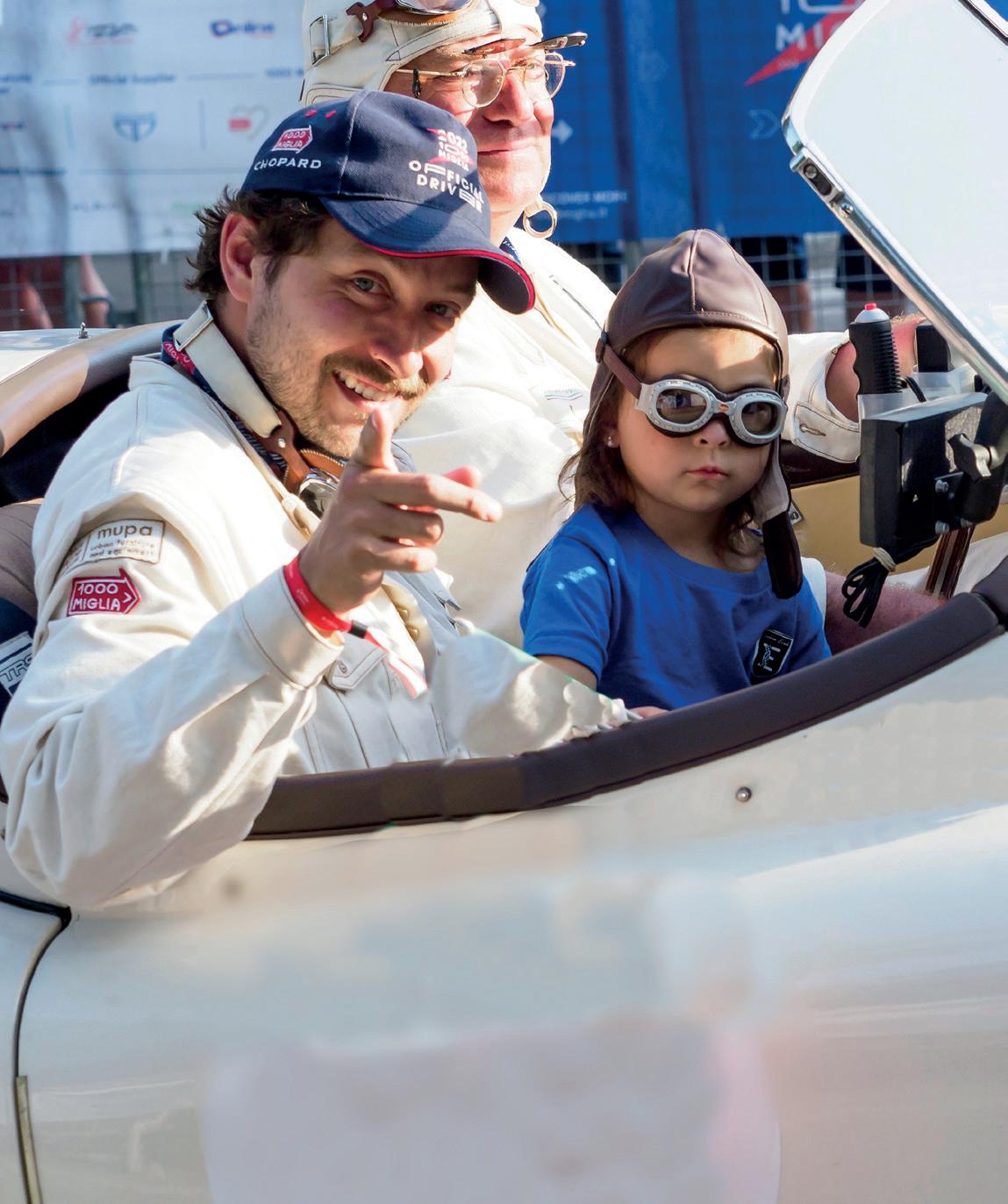
The cars, motorcycles, vans, trucks, buses, agricultural vehicles and steam engines of yesterday are our motoring heritage.
This heritage not only presents the physical timeline of the evolution of motorised transport, it also helped shape 20th century social, industrial and economic development.
• The advent of the motor vehicle radically changed living and working structures; it advanced the growth of urban and industrial areas and road networks which together reshaped the physical landscape; and it contributed greatly to social mobility.
• Vehicles also paved the way for enhanced leisure opportunities with easier travel and the advent of motor sport.
• Historic vehicles themselves are one of the clearest identifiers of the evolution of 20th century technical and design evolution.
These developments are embodied in the historic vehicles which are being preserved by millions of owners around the world.
Historic vehicles span the vehicle fleet – they can cost less than a modern small car, or be rare and highly valuable. They can have 2 wheels or multiple axles. They can be just 30 years old or have been built more than 120 years ago.
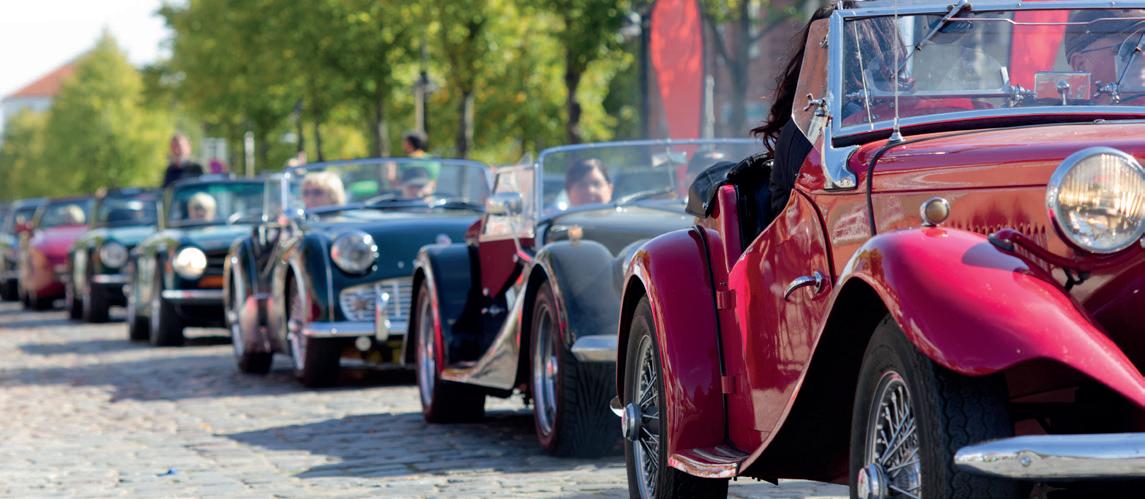

A common denominator is that they are cherished by their owners.
The Fédération Internationale de l’Automobile (FIA) and the Fédération Internationale des Véhicules Anciens (FIVA) define a historic vehicle as a mechanically propelled road vehicle: which is at least 30 years old; preserved and maintained in a historically correct condition; and not used as a means of daily transport. Historic vehicles are therefore a part of our technical and cultural heritage.
This definition reflects the fact that the vehicles have been specifically preserved by their owners in a manner which has maintained their historical correctness.
Owners dedicate time, effort and money to the maintenance of their vehicles, using them sparingly, driving them carefully, which ensures that engines are in proper working condition.
Historic vehicles are clearly defined and are a very small section of the vehicle fleet.
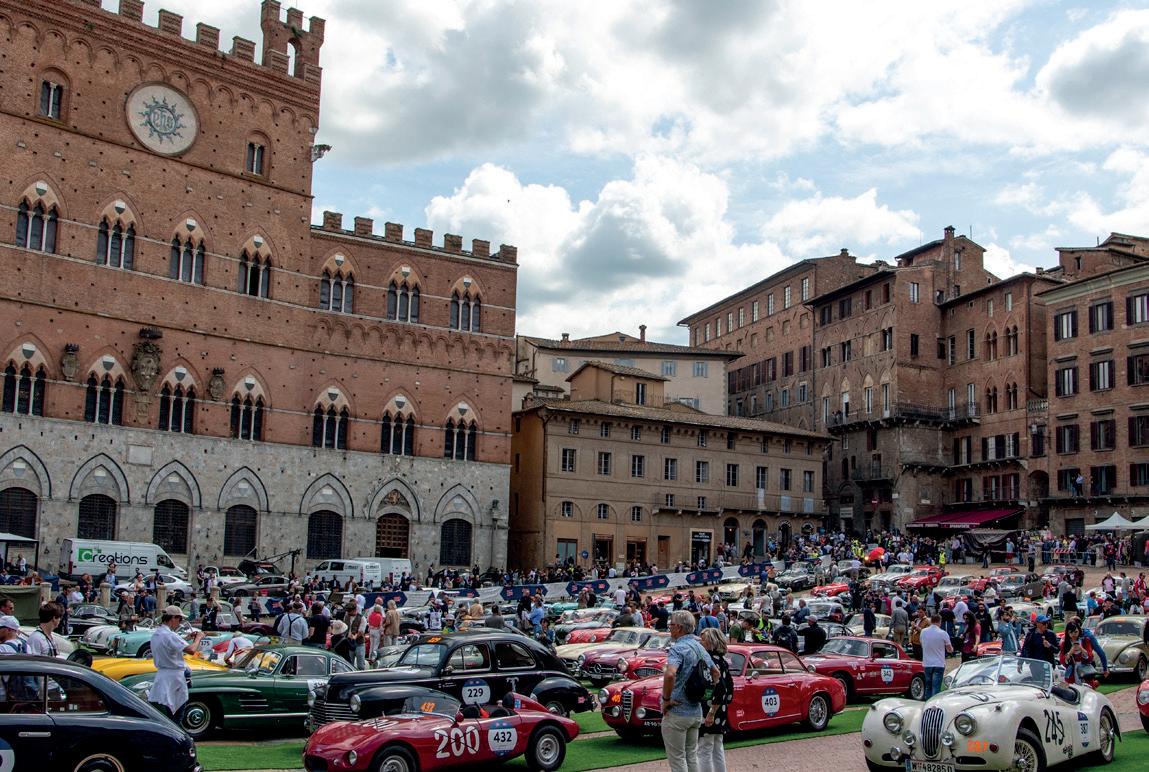
The mobility environment is changing rapidly, driven by technical innovation and societal pressure to ensure sustainable, affordable and smart mobility.
New vehicles must meet strict pollutant emission and noise limits and the electric vehicle fleet is growing exponentially.
Access to some towns and cities is increasingly being regulated by low emission or zero emission zones. Semi-autonomous vehicles are becoming more common and a vehicle fleet populated by fully autonomous vehicles which will communicate with each other and the road infrastructure is a realistic possibility.
In this environment, historic vehicles will be increasingly different from the vehicle fleet, with the possibility that they may not be allowed or may not be able to use segments of the road network.
Because of their limited use and maximised life cycle, historical vehicles contribute to environmentally responsible mobility.
Many low emission zones in Europe already treat historic vehicles appropriately and exempt them from charging or use restrictions.

HISTORIC VEHICLES HAVE A MINIMAL ENVIRONMENTAL IMPACT.
THEIR EMISSIONS ARE A TINY FRACTION OF THOSE OF THE OVERALL VEHICLE FLEET, THEIR PARTS ARE WELL PRESERVED AND REUSED.
Although historic vehicles cannot match the emission standards of modern vehicles, they contribute to environmentally responsible mobility through limited use and maximised lifespan:
• The historic vehicle community is strongly engaged in testing the suitability of synthetic e-fuels for use in the vehicles.
• A couple of FIVA surveys3 have shown that historic vehicle owners drive, on average, only 1,462 Km per year and this use is rarely in peak urban traffic. This is unsurprising as historic vehicle owners use modern vehicles in their daily lives.
• Owners use their historic vehicles sparingly because of their passion for them. Their objective is to preserve the vehicle and minimal use is not only practical, it also benefits preservation.
• Because of their passion for their vehicles, owners maintain their vehicles’ engines very well and drive/ride them very safely.
• The act of owning a historic vehicle negates the need to end the life of the vehicle because the owners’ specific aim is to preserve the vehicles in perpetuity.
Owners look after their vehicles and maintain them to a high standard. This fact means that the preservation of historic vehicles is an industry in itself. Thousands of garages, specialist restorers, paint shops, upholsterers and spare parts manufacturers across the world provide services for historic vehicle owners. The vast majority of these are small and medium sized businesses.
Additionally, many thousands of magazines, websites, specialist insurers and technical suppliers serve the historic vehicle community. In addition to this vast ecosystem, the business of events and touring generates significant income over short periods of time in local communities.
The value of these businesses is substantial: commissioned research in 20194 found that historic vehicles owners spend €4,640 annually on their vehicles and that the annual value of business associated with the restoration and use of historic vehicles in Europe is very conservatively estimated to be circa €5.1 billion.
€5.1B ANNUAL VALUE OF HV BUSINESS IN EUROPE
~120K AVERAGE NUMBER OF JOBS ACCOUNTED FOR BY THE HV RESTORATION BUSINESS
€4,640 ANNUAL SPENDING OF HV OWNERS ON THEIR VEHICLES
The economic impact of historic vehicle events has also been calculated in order to provide a sense of their value.
For example, the Federation of British Historic Vehicle Clubs assessed in detail the Austin-Healey Club event in Crieff in Scotland in 20135.
It found that 495 people from 14 different countries travelled in 249 cars to Crieff, spent over £950,000 in the UK and left an overall financial benefit to the town of £275,000.
This is just one event among thousands which take place every year across the world, bringing people together to share their passion with other owners and with the public.
These events are organised and staged by the many thousands of historic vehicle clubs around the world. The social benefits these clubs offer by bringing people together, often across borders, are immeasurable. And with the impulse of social media, the passion for historic vehicles is becoming even more of a shared form of culture.
The social value of this business is equally significant. A 2014 FIVA survey6 found that the restoration businesses accounted for between 100,000-140,000 jobs.
These businesses are maintaining trades and skills which need to be preserved. In parallel, historic vehicle federations actively encourage young people to join the trade as it offers the opportunity to not only learn and use traditional skills, but to also marry them with modern vehicle restoration techniques exploiting digital technologies.

And in an era when vehicle ownership is declining in young urban based populations as car sharing, carpooling and e-hailing services reduce the need for vehicle ownership, it is encouraging that so many thousands of people of all ages attend historic vehicles events – not as owners, but as enthusiasts and as potential owners. These events keep the heritage alive and available to the public.
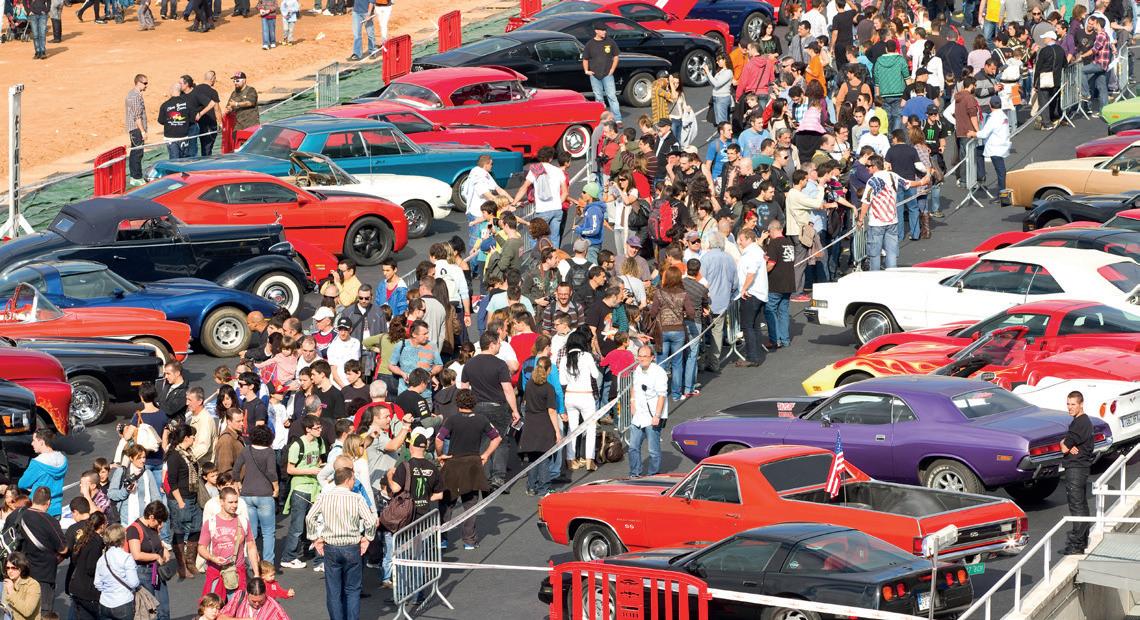
FIA, FIM (FÉDÉRATION INTERNATIONALE DE MOTOCYCLISME AND FIVA URGE REGULATORS AND LEGISLATORS TO WORK TOGETHER WITH THE HISTORIC VEHICLE COMMUNITY.

WE MUST ENSURE THAT HISTORIC VEHICLES CONTINUE TO HAVE A PLACE ON TOMORROW’S ROADS.
THE SURVIVING MOTORING HERITAGE OF OUR SOCIETY CAN THEN BE ENJOYED BY THE FUTURE GENERATIONS.
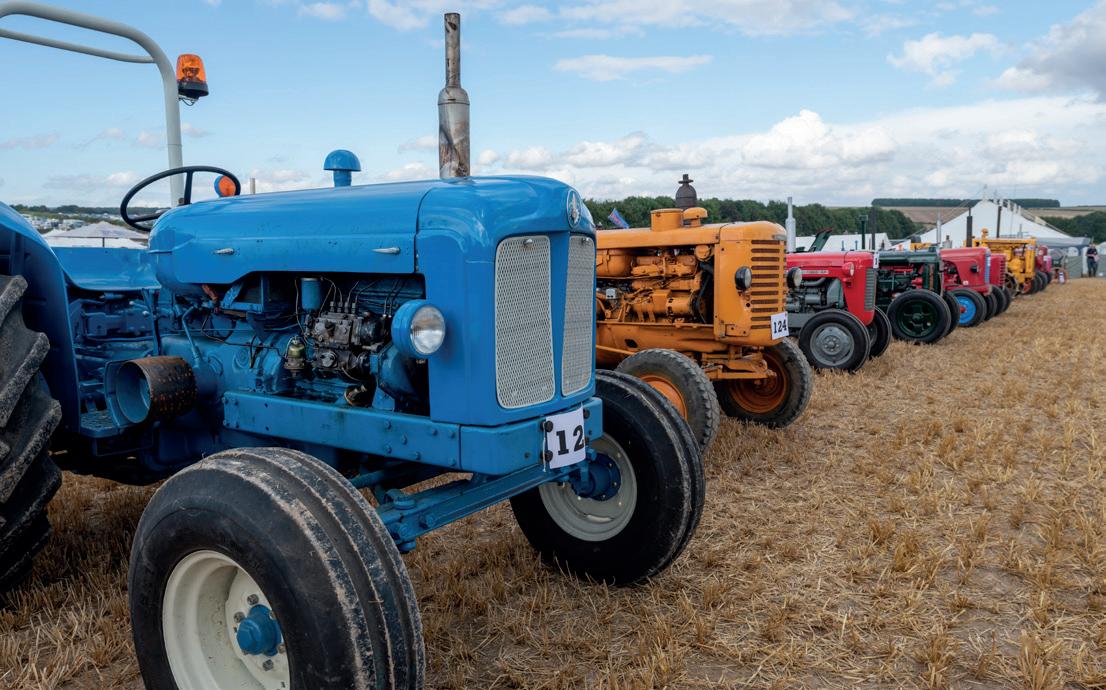

There is real concern that regulatory and technological change may in the future prevent the use of historic vehicles because of their difference to the modern vehicles fleet, and alleged incompatibility with the mobility environment or the availability of suitable fuels. If these vehicles are no longer able to be driven, the vast majority will disappear – and most of them will join the large scrap-heap of motoring history.
This does not need to happen — nor should it happen. Our motoring heritage needs to be preserved and capitalised on for future generations to understand and enjoy it.
Fortunately, there are enthusiasts willing to devote their time and financial resources to preserving this valuable heritage. These owners are the custodians of our motoring heritage, playing their part before passing the heritage on to the next generation.
But these custodians cannot preserve this valuable heritage alone. They need the understanding and support of regulators and legislators. Recognition is required for the effort and intervention they put into preserving vehicle heritage when threats arise, whether those are intentional or unintentional. Efforts must be devoted to ensuring regulatory or technical solutions can be found to ensure the vehicles remain on the roads in the care of respectful and knowledgeable owners.



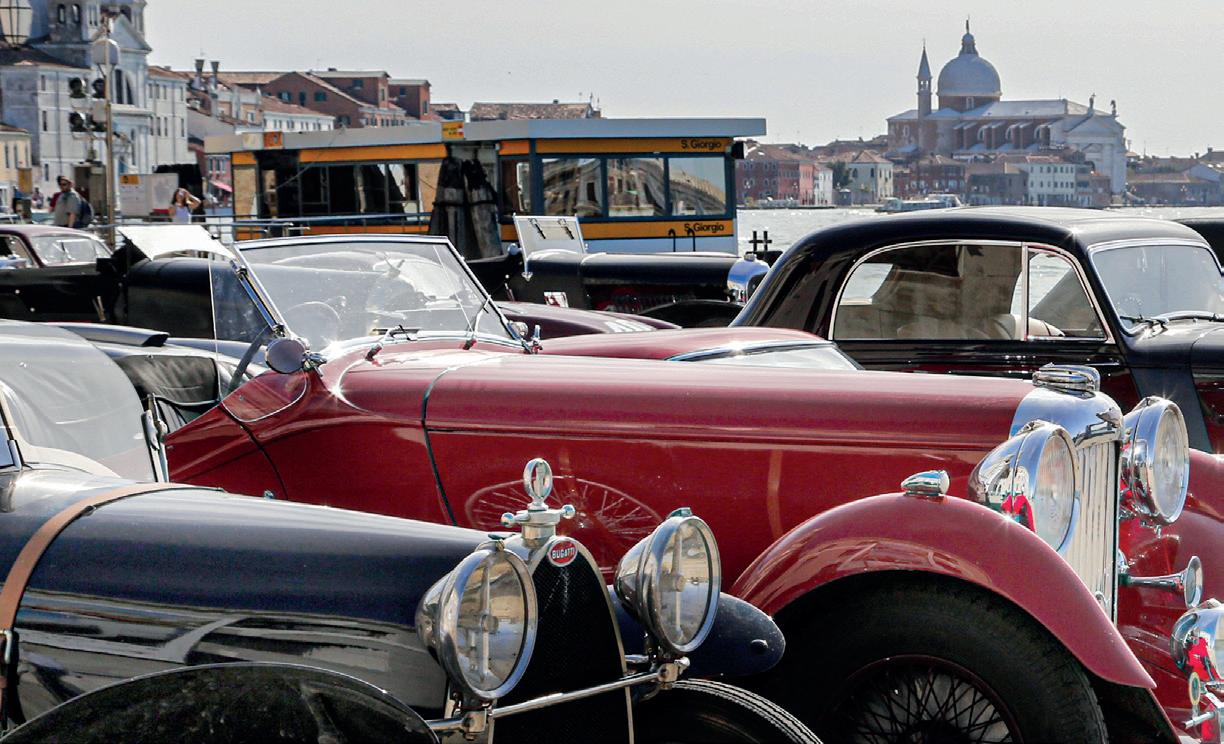
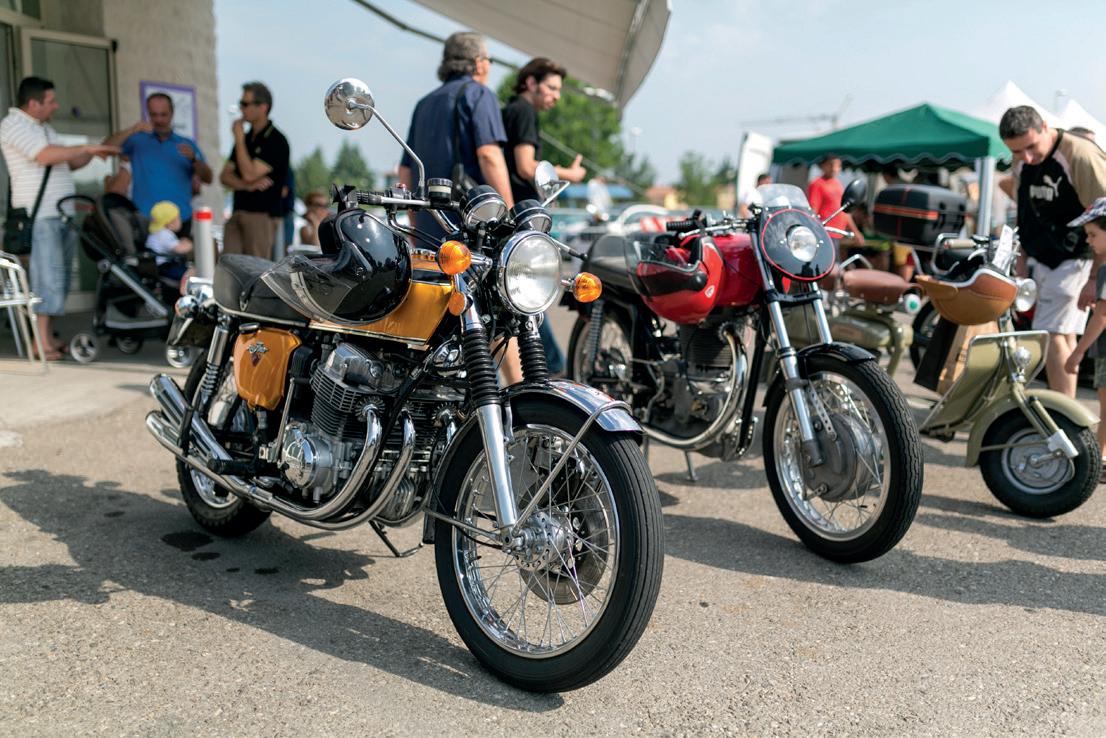
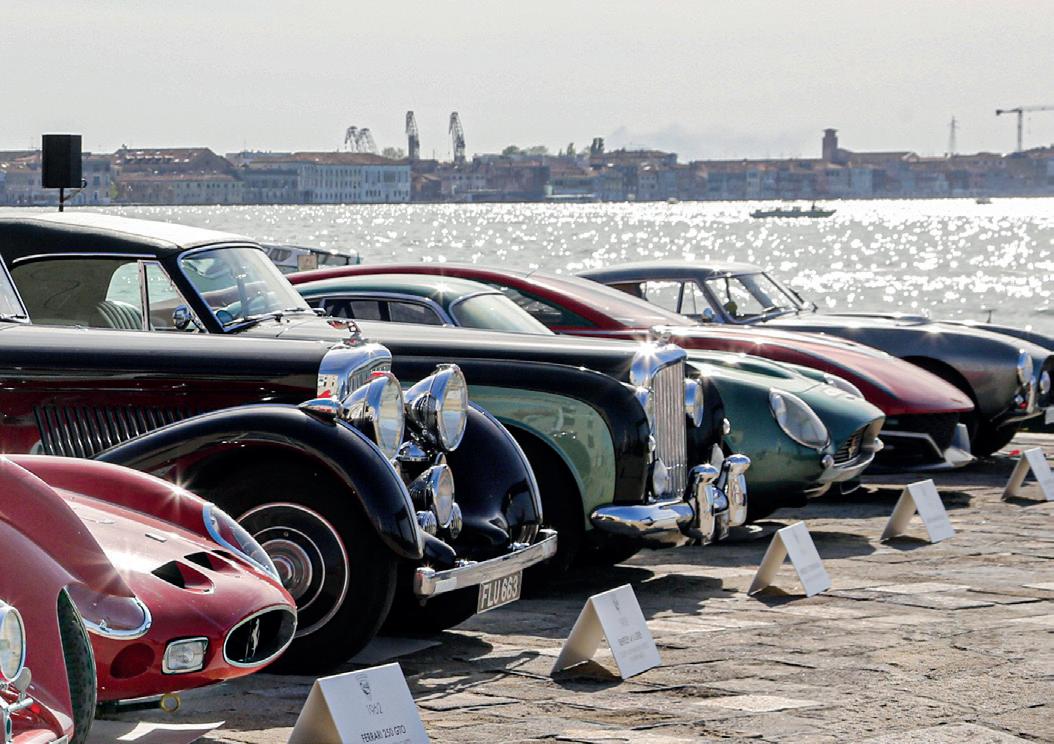



1. FIVA has gained United Nations Educational, Scientific and Cultural Organisation consultative NGO status, see Rapport Unesco-201
2. Recital 28 of Directive (EU) 2022/362 of 24 February 2022 amending Directives 1999/62/EC, 1999/37/EC and (EU) 2019/520, as regards the charging of vehicles for the use of certain infrastructures
3. 2014 Research undertaken by market research company GfK, Delft University of Technology and Fontys University of Applied Sciences held in 15 EU countries, with response from nearly 20,000 owners, 1500 historic vehicle clubs and 1000 businesses; and JDA 2019 survey of historic vehicle owners and businesses in 74 countries
4. JDA 2019 survey of historic vehicle owners and businesses in 74 countries

5. Economic Impact of the 4th European Healey Meeting, Crieff, Scotland; University of Brighton, May 2013
6. Figures from 2014 Research undertaken by market research company GfK, Delft University of Technology and Fontys University of Applied Sciences


